Stand Together Against AMR
If we don't act now, we could have 10 million deaths resulting from Antimicrobial Resistance (AMR) by 2050.1
Watch the video to learn more >>


In this episode of BBC StoryWorks Commercial Productions "Connecting the Dots" we explain how Sorbact® Technology dressings bind, inhibit and remove bacteria without the release of active substances and that they can be a powerful tool for healthcare professionals to combat AMR.
At Essity®, we recognize the importance of tackling AMR and address the growing concern of the “silent pandemic”.
The global threat of AMR is growing, and fast. The World Health Organization (WHO) estimates that the death toll due to drug-resistant bacteria could reach 10 million a year by 2050.2, 3
At least 30% of antibiotics prescribed in
the outpatient setting are unnecessary.1
Antimicrobial resistance (AMR) stems from the frequent and particularly inappropriate use of antibiotics to treat infections. Bacteria and fungi adapt, rendering antimicrobials ineffective, permitting their unchecked growth.

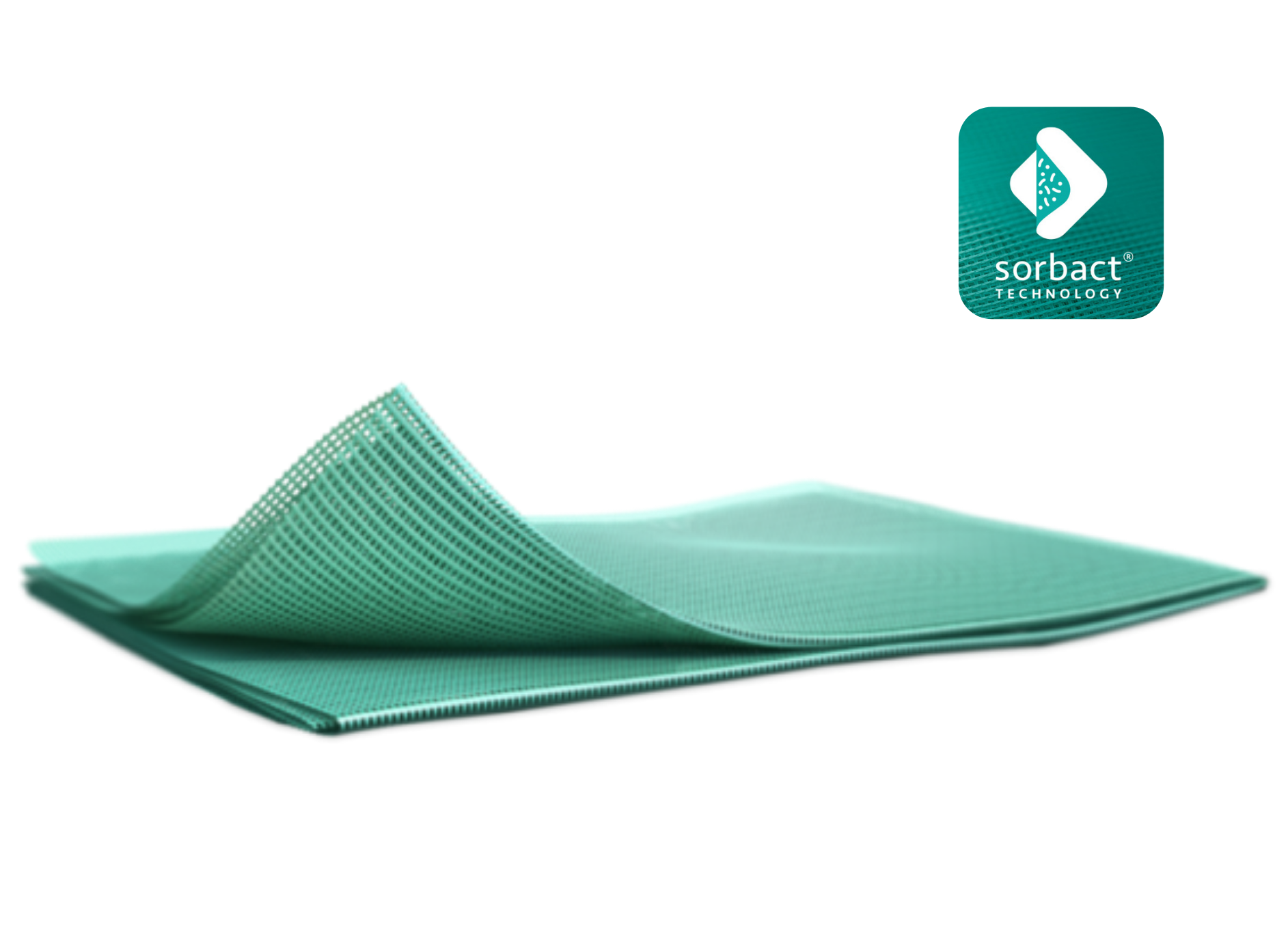
Want to find out more about the products based on Sorbact® Technology?
+ Keep your hands and instruments clean. +
+ Report resistant infections to designated teams. +
+ Educate patients about antibiotics and infections. +
+ Only prescribe and dispense antibiotics when needed. +
Do you want to find out more about tackling antimicrobial resistance?

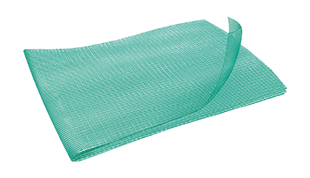
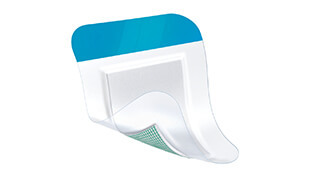
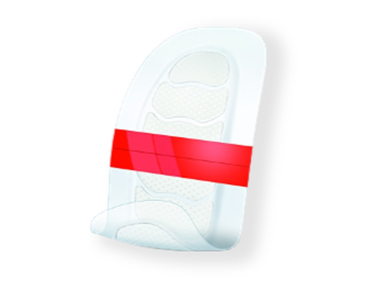
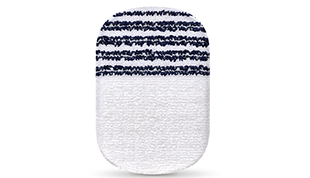
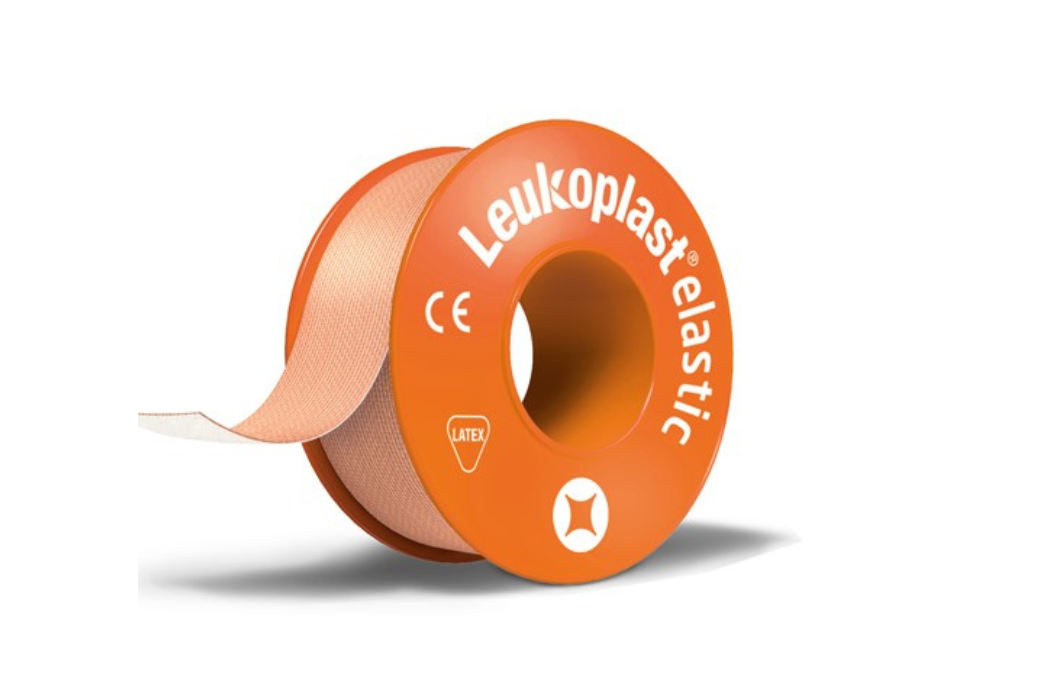






BSN medical (Pty) Ltd.
30 Gillitts Road, Pinetown, 3610
P.O. Box 526, Pinetown, 36000
Republic of South Africa
Tel : +27-31-7108111
Fax : +27-31-7108108